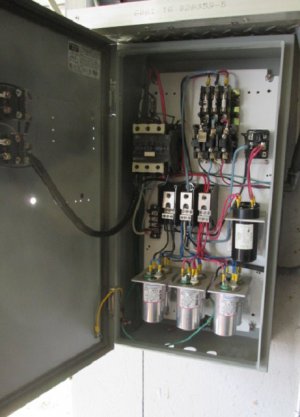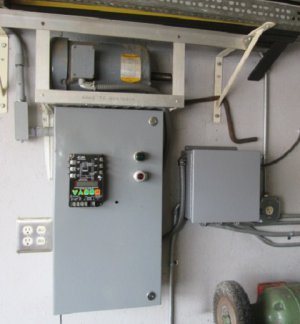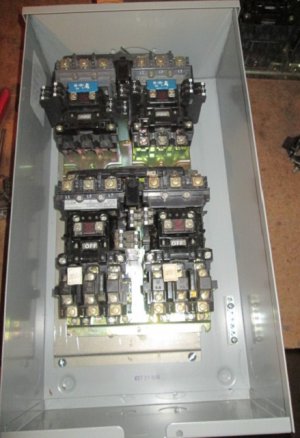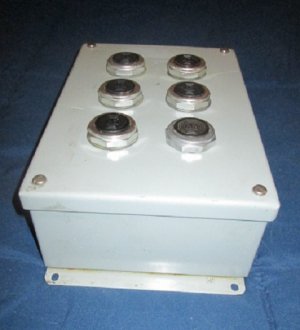- Joined
- May 27, 2016
- Messages
- 3,480
Getting it clear in my head.Like I mentioned above, that's what I originally thought of.
Well, I'm not an electrical engineer! But I can't believe with an old-style motor, I would be able to get the same low-end torque with a VFD as I would with the low-speed windings.
Now if I were to sell the 2-speed dual winding motor & get a newer-style inverter duty rated motor I could see where a VFD would be a good benefit.
Doug
You have basically two windings, that are tapped, with 2.4 ohms between T1 and T2, and another 2.4 ohms between T2 and T3 ?
Similar for T11, T12, T13, except that now you have higher resistances. Also, it is a "dual winding" device"
I try to decode that, speculating that you have a 3-phase motor, with a choice of torques. e.g. Possibly one might be a delta connection, and the other a "star" or "wye" connection.
While it is important that you completely figure out the motor windings, know that @markba633csi is right about VFDs. A modern VFD can deliver energy to windings, even in old style induction motors, in ways able to deliver low speed torque, or rev higher than ever it might have on 60Hz.
My experience has been mostly with multi-pole servomotors and PWM switch mode drives, so I would not want to mislead you about available VFDs. I have bought one for simple speed control on a drill press, it "just works", but your application is much more demanding. As I understand it, the rotor in motors always "lags behind" the rotating field from powering the windings. This is known as "slip", and it increases with load. It is also necessary to induce currents in the rotor, to make it become a magnet.
Of course, one can have variants, such as those using powerful permanent magnets in the rotor, but let us stay with induction motors for now. A VFD switches the energy into the windings in bursts of pulses, phased for each winding. The pulses are going at a "carrier" frequency rate of some kHz. I used 12kHz, but this is usually configurable. The energy is determined by the pulse width ON/OFF ratio. The artificial 3-phase 120°, or 2-phase at 90° can apparently operate with massive amounts of slip.
We know that an induction motor with it's shaft loaded to the point of going slow, or near stall will not be producing much back emf, and so begins to look like a transformer with short-circuit secondary. This would be overload, and getting hot, so I am not completely sure how a VFD switching power handles this, but my direct experience with the drill press motor is that it seems to deliver big torque, even when turning slowly.
When I used permanent magnet AC motors on servo drives, they were required to hold the load stopped dead, using the motor as a "brake", and be able to crawl forward or reverse as needed. 3/4 ton of satellite tracking dish does this. Getting torque on, then let go brakes, and have control in milliseconds was what I was into. The load on the motor can flip this way or that, depending where pointing, and even with gearbox, the motors would sometimes be stopped, yet still delivering full torque from the rotating field.
I think, with VFDs, on induction motors, you may need some rotation minimum. Do figure out your motor, and read everything about a VFD you might want to get, but I think losing the old interlocked contactors, and having all the control, settable overload safety torque and current limits, speed control, reversing, and easy interface available from VFDs is the way to go.






